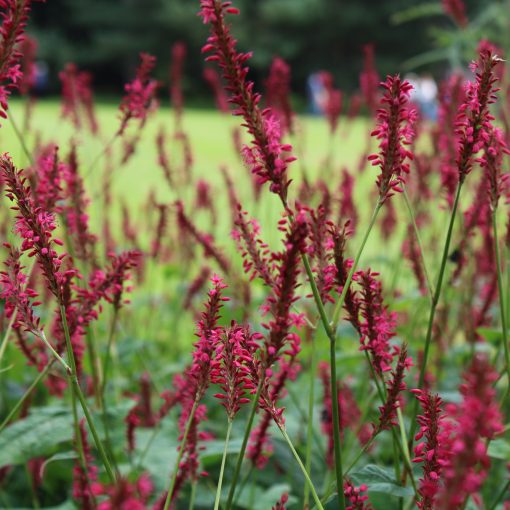Introduction
As part of R2111, Students are required to outline 3 main garden design styles: Cottage Garden, English Landscape and the Knot Garden.
This article focuses on the Cottage Garden Style which is still popular today.
History
Cottage gardens originated in mediaeval times when poor peasant cottagers lived at subsistence level and used them as a practical, functional resource for food and medicines. Herbs were grown for medicinal and culinary purposes and flowers were used as nosegays and strewing herbs to mask unpleasant odours.
Sometimes it is hard to know whether a description refers to the very traditional old cottage garden style or the updated modern cottage garden style or somewhere in between as the style has evolved over time.
Words which describe this style
Informal, romantic, unplanned, functional, antique looking, rustic, recycled, local, productive, practical, colourful.
Soft landscaping (planting) Overview
The space was usually small which restricted the range and size of plants. With no room for a lawn or time for picnics, the garden was densely planted to maximise value and reduce weeding work with a profusion of heights, colours and habits. With plants spilling over the edges of paths, this style is informal and seemingly uncontrolled yet functional. There was emphasis on flowers rather than foliage and self seeders were encouraged to reduce weeding and if there was a patch of bare soil it would be filled with something useful.
The Cottage garden contained both edibles and ornamentals
Vegetables A range of vegetables were grown allotment style or intermingled with ornamentals.
Shrubs would be limited due to size but those selected would also be productive. Blackcurrants and gooseberries would be good choices for shrub planting.
Trees would be limited also but an old knarled apple tree, a heritage variety such as us Malus ‘Ribston Pippin’ is reminiscent of the cottage garden.
Herbs were grown in abundance for their practical use and scent.
Herbaceous perennials of many heights, forms and colour makes cottage gardens a stunning Summer show.
Climbers, ramblers and wall fruit. When the cottager did find time to sit, it may have been under an arbour of scented roses. Climbers were often used to frame the front door or were attached to the cottage walls. Wall fruit would have practical value.
Hardy annuals and biennials were allowed to self-seed freely to fill the gaps and maintain dense planting, as well as being useful.


This is an interesting article for additional reading
https://www.telegraph.co.uk/gardening/problem-solving/what-is-a-cottage-garden/








